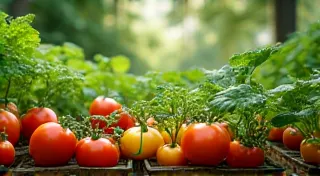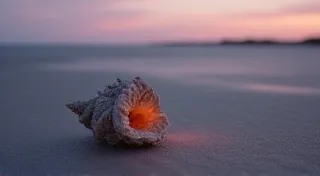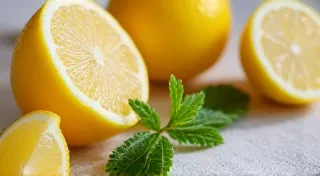Water Conservation at Home: Simple Strategies for a Sustainable Lifestyle
Water. We often take it for granted, yet it’s a precious resource facing increasing pressure. Sustainable living isn't just about recycling and composting; it’s also about fundamentally rethinking how we use our resources. One of the most impactful areas to focus on is water conservation within your home. Reducing your water footprint not only benefits the environment but can also save you money on your utility bills. Let's explore some practical strategies you can implement today.
Understanding Your Water Usage
Before jumping into solutions, it's helpful to understand where your water is going. Typical household water usage is broken down roughly as follows:
- Bathroom: Showers, toilets, sinks (often the largest consumer)
- Laundry: Washing machines
- Kitchen: Dishwashing, hand washing
- Outdoor Use: Lawn watering, gardening, washing cars
Taking a moment to identify your biggest water guzzlers is the first step towards targeted conservation.
Easy-to-Implement Water Saving Tips
Bathroom Basics
The bathroom is a prime area for water conservation. Here's how to make a difference:
- Low-Flow Showerheads: Switching to a low-flow showerhead is one of the easiest and most effective changes you can make. Modern low-flow showerheads deliver a satisfying shower experience while using significantly less water.
- Efficient Toilets: Older toilets can use an astonishing amount of water per flush. Consider upgrading to a low-flow or dual-flush toilet.
- Fix Leaks Promptly: A dripping faucet or running toilet can waste gallons of water every day. Address leaks immediately.
- Shorter Showers: Even reducing your shower time by a few minutes can have a noticeable impact.
- Turn Off the Tap: Don't let the water run while brushing your teeth or shaving.
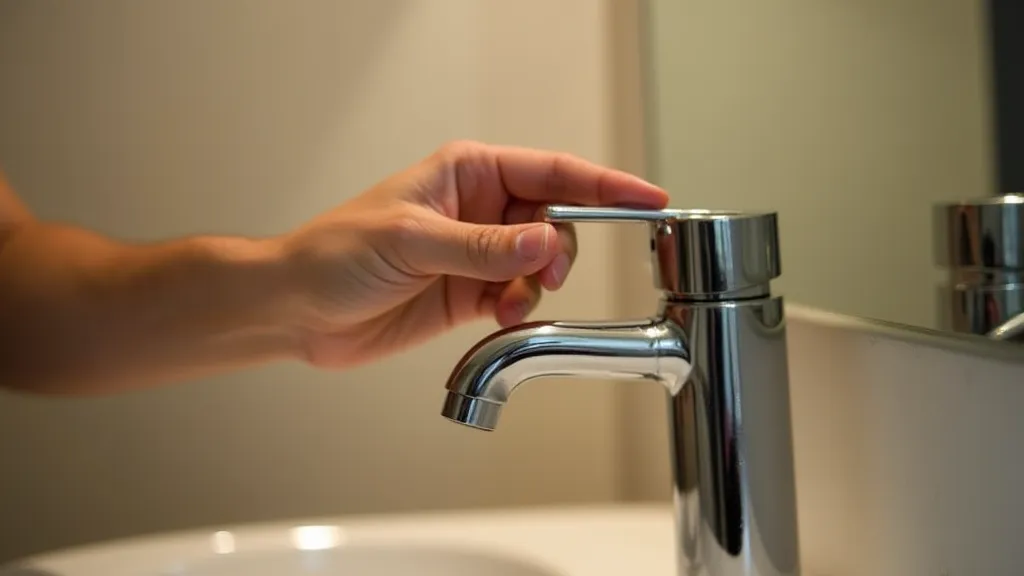
Kitchen Considerations
Even small changes in the kitchen can add up.
- Full Loads in the Dishwasher: Only run the dishwasher when it's completely full.
- Wash Dishes Efficiently: If hand washing, fill the sink with soapy water instead of letting the water run continuously.
- Scrape, Don't Rinse: Scrape food scraps into the trash or compost bin instead of rinsing them down the drain.
Laundry Room Efficiency
Washing machines consume a surprisingly large amount of water.
- Full Loads Only: Just like with the dishwasher, wait until you have a full load of laundry before running the machine.
- Cold Water Wash: Washing clothes in cold water saves energy and reduces water usage.
- Consider a Water-Efficient Washing Machine: When it’s time to replace your washing machine, choose a water-efficient model.
Outdoor Water Conservation
Lawn and garden care often accounts for a significant portion of household water consumption. Here are some outdoor strategies:
- Water-Wise Landscaping (Xeriscaping): Choose drought-tolerant plants that require less watering.
- Efficient Irrigation: Use drip irrigation or soaker hoses to deliver water directly to plant roots.
- Water Deeply and Less Frequently: Encourage deep root growth by watering less often but for longer periods.
- Rainwater Harvesting: Collect rainwater in barrels for watering plants.
- Sweep, Don't Hose: Use a broom instead of a hose to clean driveways and sidewalks.
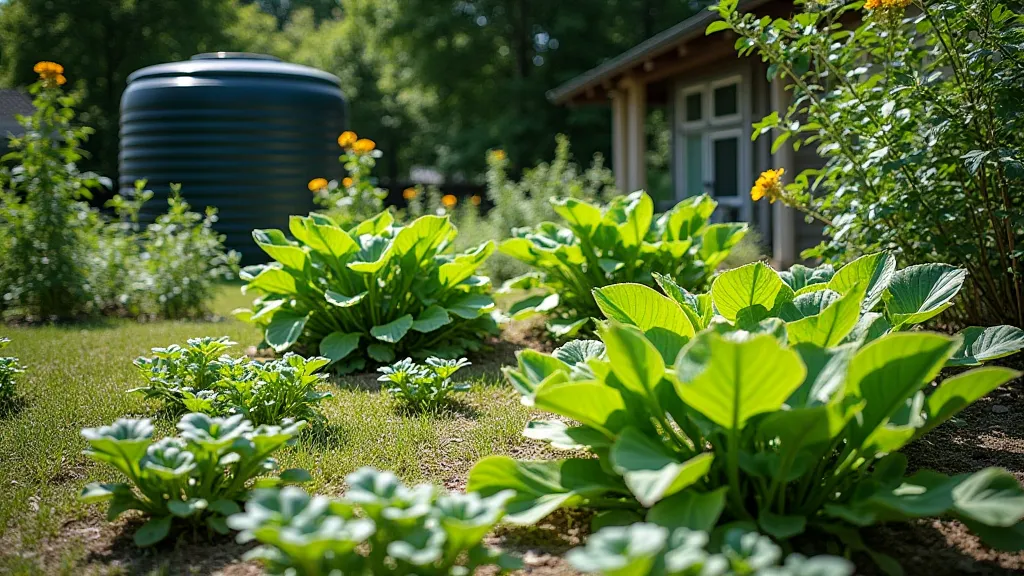
Beyond the Basics: Long-Term Investments
While the tips above are easy to implement, consider these longer-term investments for even greater water savings:
- Greywater Systems: Systems that reuse water from showers and sinks for irrigation (check local regulations).
- Smart Irrigation Controllers: Controllers that adjust watering schedules based on weather conditions.
Conclusion: A Collective Effort for Sustainability
Water conservation is not just a personal responsibility; it’s a collective effort to protect a vital resource. By incorporating these simple strategies into your daily routine, you can significantly reduce your environmental impact and contribute to a more sustainable future. Every drop counts!



